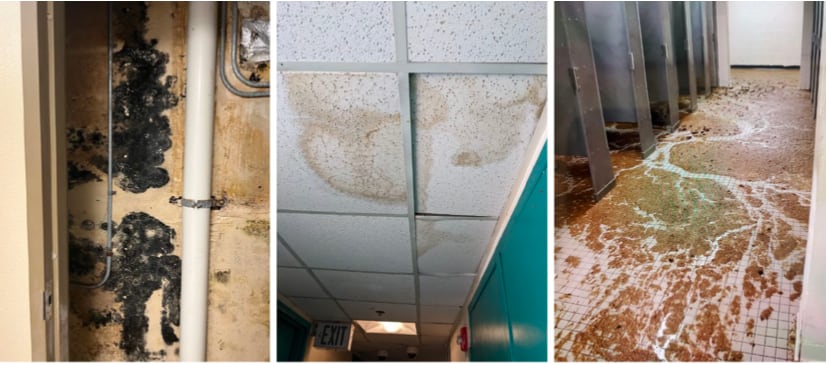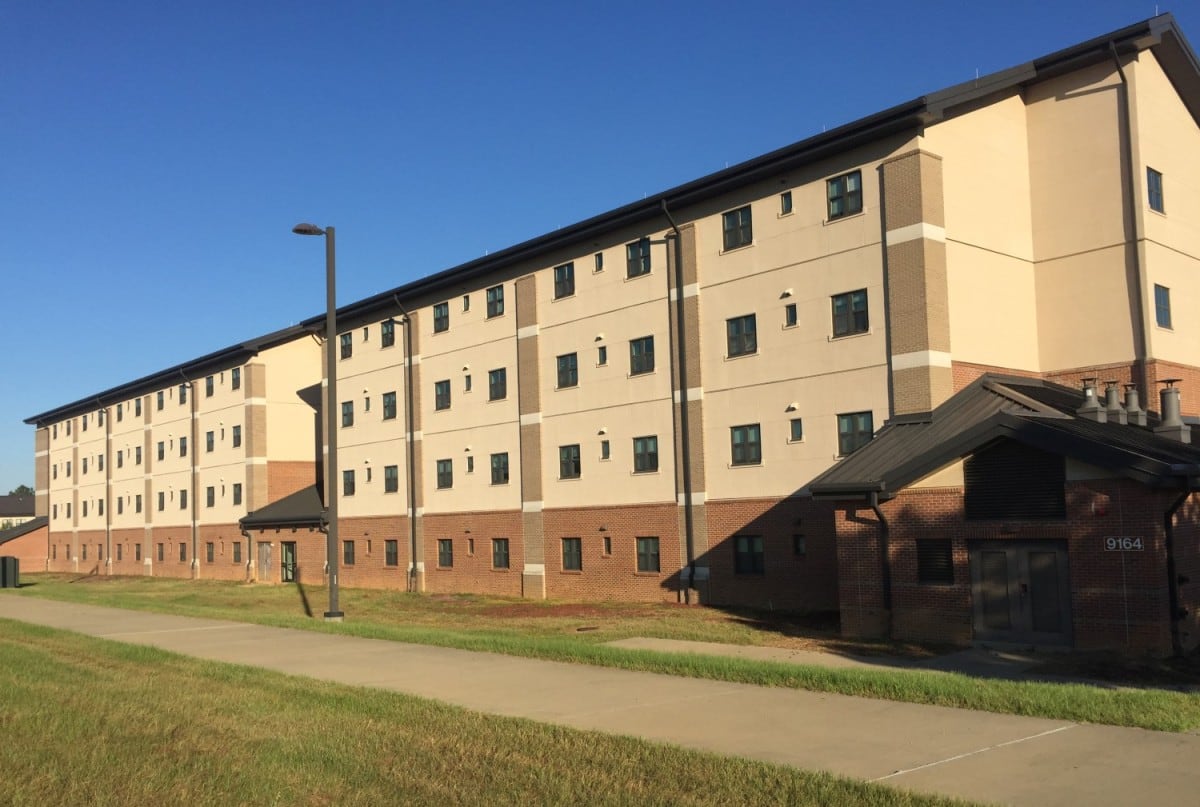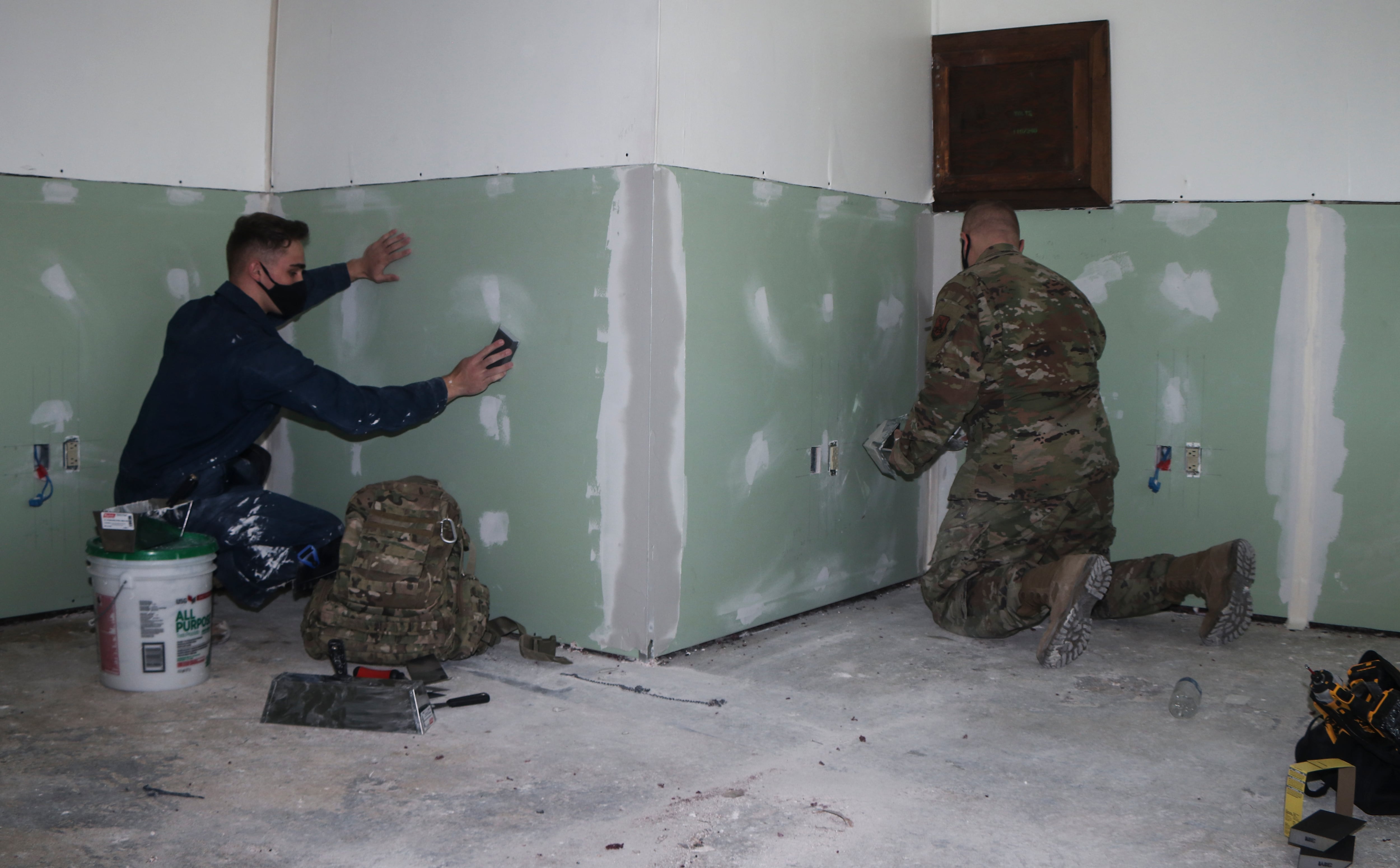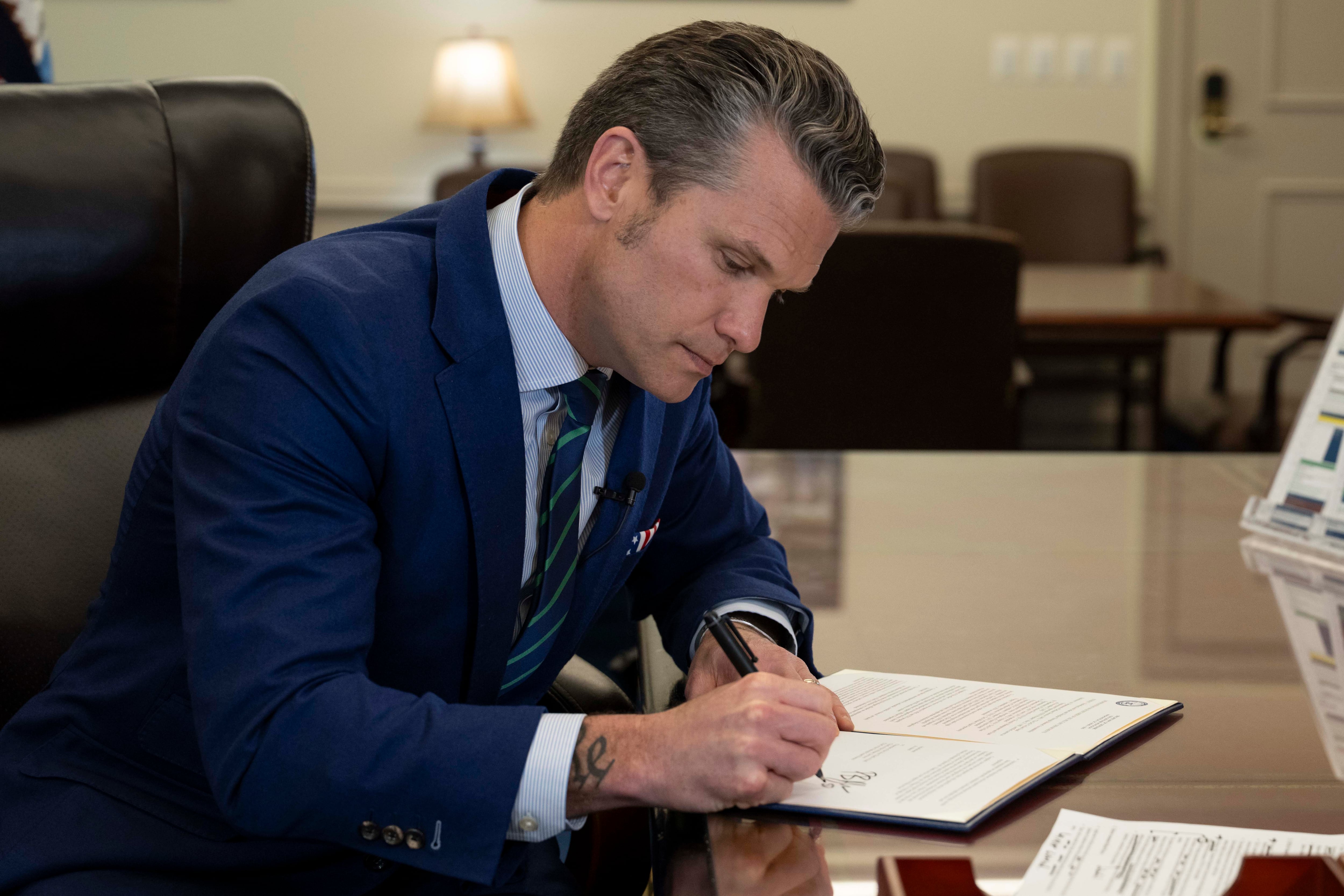Service members have told government auditors about rampant problems in their barracks — to include mold, broken heating and air conditioning systems, cramped rooms, overflowing sewage and much more — but not all service branches are asking troops about those living conditions.
“Service members have a lot to say and are eager for someone to listen,” said Elizabeth Field, director of the Government Accountability Office’s defense capabilities and management team.
“It will take years to address the chronic neglect and underfunding we uncovered,” she told members of the House Armed Services Committee’s quality of life panel Wednesday,
After listening to Field’s testimony, lawmakers said they want to know why some troops are living in such poor conditions, how much funding is needed to fix the problem, and how to ensure better oversight and accountability.
The recent GAO audit of 10 military barracks revealed that DoD has neither adequate information about the condition of barracks nor a complete understanding of how the poor conditions affect morale.
Military members could have let them know.
Mold was a common complaint, Fields said. She quoted one service member who said, “Mold in the barracks makes you feel expendable, like we don’t matter.”
Malfunctioning heating and air conditioning systems are another problem.
“One Marine said, ‘I often wake up at night sweating from the heat, itching from bedbugs and feeling like I am suffocating,’ " Field said.
Safety is also an issue. Some troops reported that their barracks room doors don’t lock, with one member alleging that sexual assaults happen more often than people think, Field said.
RELATED

Ask the troops
Among the GAO’s 31 recommendations for improving barracks: DoD should require the services to survey troops in their unaccompanied housing in a consistent and comparable way.
The Navy and the Marine Corps are the only two services that survey service members about the quality of their barracks, and none of the services ask whether the condition of their barracks affects their decision about whether to reenlist, Field said.
Their reasons? Some service officials told GAO that troops living in barracks aren’t reliable when it comes to completing surveys or replying to email and telephone inquiries, so it isn’t worth trying to solicit their opinions. “Other officials told us that the condition of the barracks is not a key factor in military retention and therefore doesn’t merit inclusion as a topic in already lengthy surveys,” she said.
Rep. Don Bacon, R-Neb., a retired Air Force brigadier general who heads up the military quality of life panel, noted that he served as base commander at Ramstein Air Base, Germany, and Offutt Air Force Base in his home state. If these conditions had been present in his barracks, he would have been fired, he said.
“Where has the accountability been?” he asked. “We need to put our finger on it and get it fixed. We can’t allow the situation to persist. It’s an issue not only of justice and dignity, but also of military readiness. When service members are preoccupied with their health and safety, they cannot focus on their mission.”
When the new panel began its work, Bacon assumed that they were going to hear primarily about service members and food insecurity. But as they visit bases, “we’ve actually heard more from our military members and family members about the quality of housing and the housing allowance,” he said.
“There’s an urgent need for DoD to implement oversight of our unaccompanied housing and to continue steadfastly in their mission to ensure military families in privatized housing are taken care of,” he said.

No quick fix
Barracks problems are the direct result of “many years of not looking closely at deferred maintenance, the investment,” said Carla Coulson, deputy assistant secretary of the Army for installations, housing and partnerships. “So, now we are, in effect, playing catch up.”
Service officials testified that they recognize there are significant problems and are taking steps to address the GAO’s recommendations. A year ago, the Army inspected every room of every barracks building, Coulson said.
The Army has committed to spending at least $1 billion a year on barracks, she said. From fiscal 2024 through FY 2028, the service can address 113 of the 300 barracks buildings in poor or failing condition, Coulson said. But it will take $6.5 billion — in addition to what they’re already spending— to address all the problems.
If barracks renovations and repairs aren’t fully funded, however, the Army will see 110 barracks in “good or adequate” condition slide down into the “poor or failing” category.
“We don’t make much progress unless we ensure we’re doing preventive maintenance,” she said.
Auditors found there was more sense of ownership of the barracks issue at the installation level.
“We spoke to a number of installation commanders who told us they felt sick about the conditions their junior enlisted service members were living in,” Field said. “They often recounted facing impossible choices between where to put limited funding.”
At one installation, she said, officials requested funds for a new barracks for 10 years in a row and never got the money. “That’s, in part, why installation commanders are throwing up their hands,” she said.
One aspect that troubled the auditors was that defense officials “very much had a hands-off approach to this topic,” Field said. At that level, officials couldn’t answer basic questions: How many barracks are there? Do they comply with standards? How many service members live in unaccompanied housing?
DoD needs to gather the information it needs — such as the condition of barracks — to make more strategic decisions about where to put limited resources, Field said. The department also needs to put uniform barracks standards in place. At th same time, the services need to reevaluate policies on who is required to live in barracks.
“Facility criticality” needs a whole new approach, said Robert Thompson, principal deputy assistant secretary of the Navy for energy, installations and environment. “The fact that these are their homes makes it mission critical.”
The services have been talking with defense officials about the need to identify “livability standards” for barracks, he said.

“It’s clear we have significant work ahead in our unaccompanied housing to provide safe, clean, reliable, comfortable and dignified places for our sailors and Marines to call home,” he said.
If DoD fails to implement all of GAO’s recommendations in a “meaningful and timely manner,” Field said the adency would encourage Congress to put them into law.
Bacon pointed to the roll Congress has played over the past few years to improve privatized family housing, passing legislation to address persistent problems.
“I think we have to do the same thing for our barracks,” he said. “We’re going to put a focus on it, a spotlight on it. But the services also have to tell us what they need.”
Karen has covered military families, quality of life and consumer issues for Military Times for more than 30 years, and is co-author of a chapter on media coverage of military families in the book "A Battle Plan for Supporting Military Families." She previously worked for newspapers in Guam, Norfolk, Jacksonville, Fla., and Athens, Ga.




